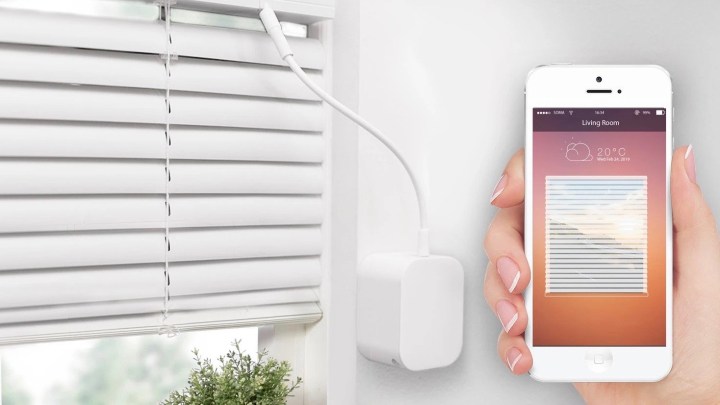Smart homes are gaining popularity with the introduction of new products from major brands like Google, Amazon, Ring, and Arlo. While smart displays and light bulbs are well-known, smart blinds have yet to reach the same level of recognition.
Despite this, smart blinds can play a crucial role in a smart home by offering convenience in controlling shades, saving energy by regulating light and temperature, and potentially reducing costs. While the price of smart blinds can be a deterrent, with DIY skills and the right products, existing blinds can be converted into smart blinds.
This guide will show you how to transform your window blinds into smart blinds, highlighting the necessary components, reasons for considering smart blinds, and the benefits they provide.
What is a smart blind?
Smart blinds are window blinds that can be controlled through an app, voice commands, or other smart methods, eliminating the need for manual operation. They can be programmed to open/close at specific times or in response to triggers like sunlight levels or temperature changes.
While smart blinds can be expensive, the benefits they offer in terms of comfort, energy efficiency, and convenience outweigh the initial investment.
Why should I get smart blinds?
Smart blinds can enhance your home’s comfort, lower energy costs by managing sunlight exposure, regulate temperature, reduce glare, and even provide natural light awakening functions. They are a practical and cost-effective solution in the long run.
What types of smart blinds are there?
Smart blind upgrades come in various forms based on the existing mechanisms of the blinds. From simple drawstring attachments to complete blind system replacements with built-in motors, there are options for every setup. DIY products like SwitchBot offer versatility to fit different blinds.
Are smart blinds easy to install?

Smart blinds are generally easy to install, following similar procedures as traditional blinds but with added battery or wired connections. DIY kits streamline the installation process but may require basic knowledge of blind mechanisms.
What components are involved in smart blinds?
The primary component of smart blinds is the motor, which drives the movement of the blinds. Some kits integrate sensors and receivers for smart functionalities, while others offer solar-powered options for seamless operation.
How are smart blinds controlled?
Smart blinds can be operated through remote controls, mobile apps, or voice assistants like Amazon Alexa or Google Assistant. Compatibility with these assistants varies across brands, so it’s essential to check before purchasing.
Are there smart blind automations?
Smart blinds can be automated based on time, temperature, light levels, and other settings using pre-made options or customized setups. DIY kits also offer automation capabilities that can be integrated with other smart devices.
What are the benefits of having DIY smart blinds?
DIY smart blinds offer a cost-effective solution compared to ready-made options, making them accessible to a broader range of users. With the ability to retrofit existing blinds, DIY kits provide an affordable way to upgrade your smart home.
Editors’ Recommendations


